Client Resources
Snake Bites & Envenomation
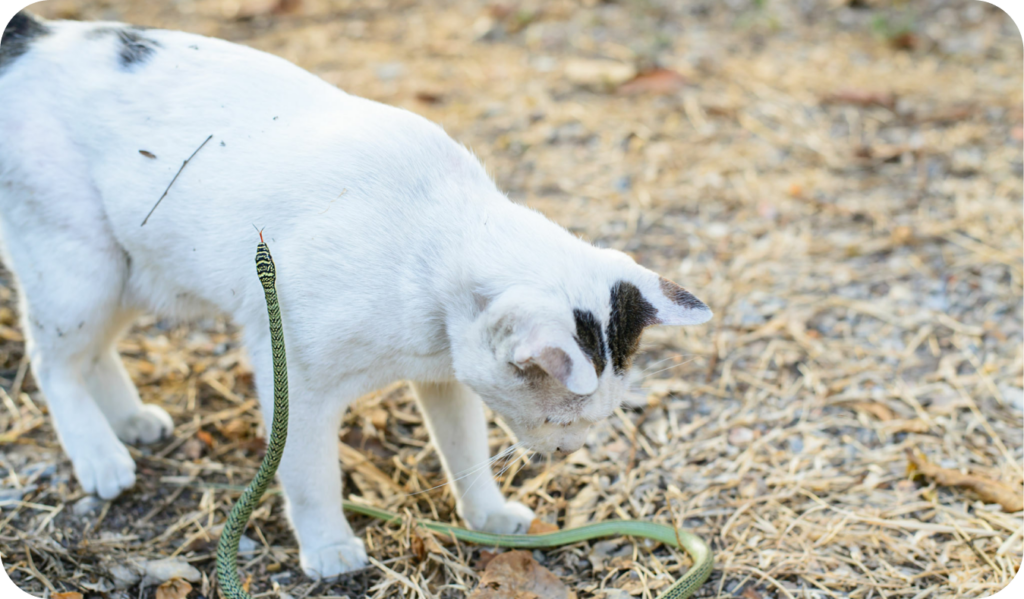
Australia has many native species of snakes and pythons. In southeast Queensland, the most common snakes seen are Brown snake, Red Bellied Black snakes, Yellow-Faced Whip snakes, and Green Tree snakes or pythons. Brown, Red Bellied Black and Yellow-Faced Whip snakes are considered venomous snakes, while Green Tree snakes are non-venomous. Our pets can be susceptible to snake bites and can result in significant health risks and diseases.
Snake bites are more commonly seen over the warmer months, but snakes can be active at any time of the year.
Each type of snake can produce different clinical disease and with varying severity. Brown snakes are generally known to be the most dangerous, but Red Bellied Blacks and Whip snakes can produce significant disease as well.
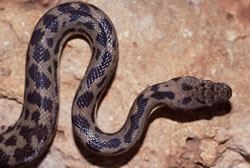
Non-venomous snakes (e.g. pythons) can produce swelling and pain at the bite site. Some cases can have infections at the bite site from the snake’s mouth, and may require antibiotics and pain relief. Generally, non-venomous snake bites don’t cause significant risk to the animal’s health.
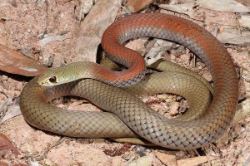
Yellow-Faced Whip snakes are considered venomous in cats, but non-venomous in dogs. Dogs often present with pain and swelling at the bite site, but don’t usually become otherwise unwell.
Cats can present with complete paralysis of their body, and will not be able to move, blink, eat or toilet by themselves.
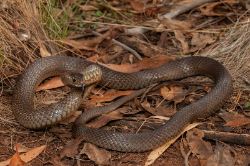
Brown snakes are extremely venomous, and can cause life-threatening disease very quickly. The animals will often collapse suddenly, then seem to make a recovery for a short period (20 mins to 1 hour), then decline quickly again. They can present with weakness or paralysis, fever, vomiting, and diarrhoea. Brown snake venom causes abnormalities with blood clotting, and envenomed animals can cough up blood, have blood in their vomit or diarrhoea, or have bleeding from the bite site.
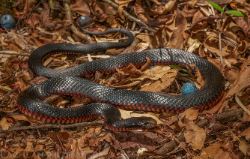
Red Bellied Black snakes can cause some clotting disorders, but not always. Weakness or paralysis is more commonly seen, and trauma to the muscles around the bite site as the venom attacks the muscle cells, releasing myoglobin into the blood stream. The venom can cause red blood cells to rupture inside the blood vessels, releasing haemoglobin into the blood stream and causing anaemia. Subsequently, red or port-wine coloured urine may be seen as the kidneys filter out the myoglobin and haemoglobin.
Diagnosis is made following assessment of the clinical history from the owner, and a thorough physical examination. A blood clotting time is often performed, as well as blood tests to assess for red blood cell damage. A blood test may also be used to assess the level of Creatinine Kinase (CK) that may be released from damaged muscle. If the diagnosis is still in question, then a Snake Venom Detection Kit may be performed using a blood or urine sample. This can help to identify which type of snake caused the envenomation. Other blood and urine tests are often performed to assess the health of the kidneys.
If envenomation from a Yellow-Faced Whip snake in a cat is suspected, then treatment predominantly involves intensive nursing care. Intravenous fluids are administered while the cat is unable to get up to drink, and small volumes of food may be syringed into the mouth if the cat seems able to swallow well. Topical eye lubrications are applied while the cat is unable to blink to prevent ulceration of the corneas. Physiotherapy to avoid muscle contraction and joint pain is performed multiple times a day. The bladder is assessed multiple times a day, and may need to be manually emptied to relieve the cat. Paralysed cats may take several days to a week to recover.
Brown and Red Bellied Black snake envenomation requires administration of snake anti-venom, and is administered intravenously. Intravenous fluids are also given to ensure good circulation to the kidneys, and encourage good urine production. Repeat blood clotting times are performed, and further blood and urine tests may be performed in the following days to monitor progress. Considerable blood loss can occur in some cases, resulting in some patients requiring a blood transfusion. Patients are hospitalised for at least 24 hours, but many stay for 48-72 hours or longer.
The cases with the greatest amount of risks and complications are Brown snake and Red Bellied Black snake envenomations. Brown snake envenomations can have massive bleeds into the lungs and airways, and can have serious problems with oxygenation. While this reaction does not occur in all cases and does not often occur, it can happen despite anti-venom being given and cannot be predicted. Red Bellied Black snake envenomations can have significant loss of red blood cells up to a week following treatment, and may need to be assessed and treated again after their initial care. Both types of snake bite can cause some damage to the structures of the kidneys which can result in chronic kidney disease later in life.
Most cases of snake envenomation will survive with early treatment, but there are no guarantees with any case. We endeavour to provide the best care and treatment possible, but some cases can have complications that are difficult to manage and may result in a poor outcome.
There is very little treatment that you can provide at home, and the best recommendation is that you take your pet to a vet to be assessed immediately. It is best to try to keep your pet calm and avoid stress or excitement.

